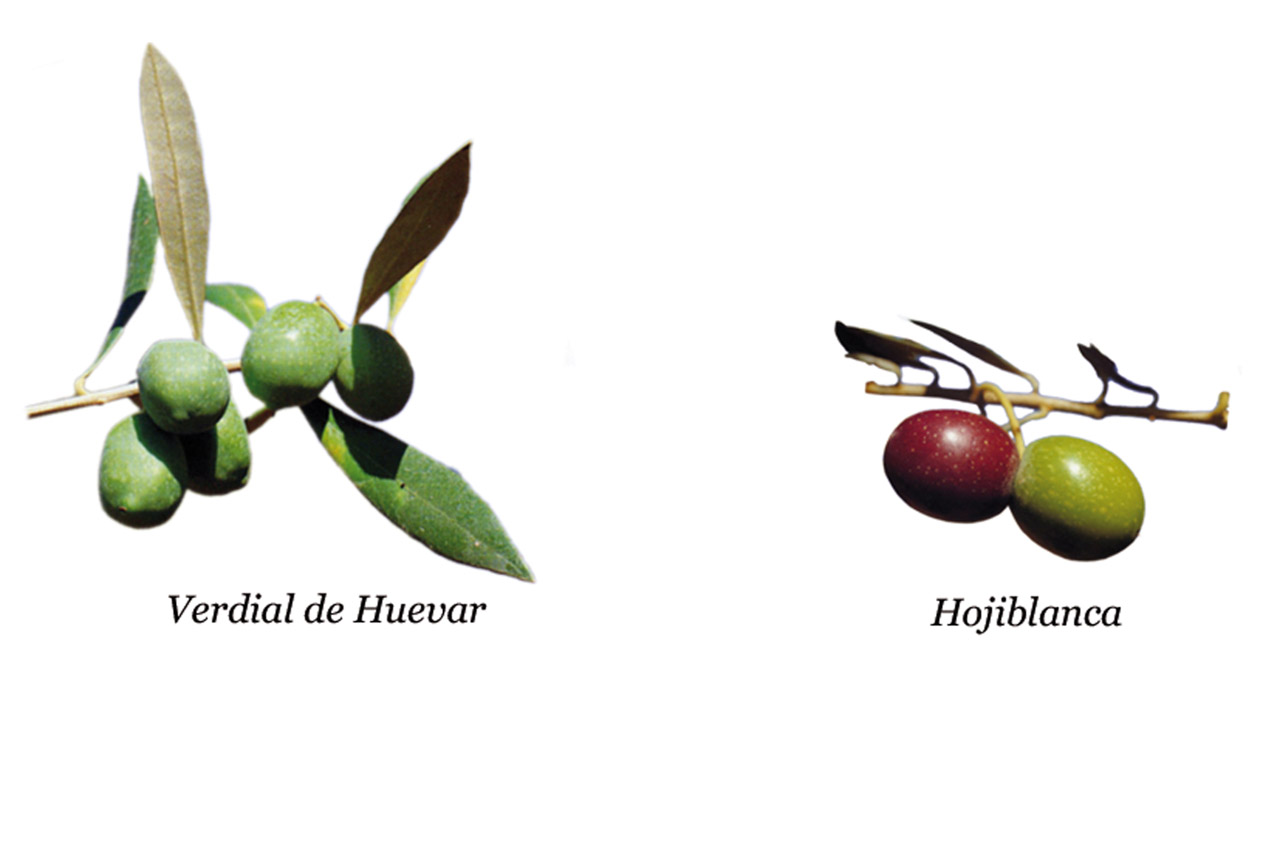Description
The Antequera PDO extra virgin olive oil is made from the following varieties of Olea europea L.: Hojiblanca, Picual or Marteño, Arbequina, Lechín de Sevilla or Zorzaleño, Gordal de Archidona, Picudo, Verdial de Vélez-Málaga and Verdial de Huévar. The variety the most commonly used is Hojiblanca.
Production Area
The production area of the Antequera PDO extra virgin olive oil is located in the most western extremity of Andalusia, known as Antequera, in southern Spain. The area is bound in the north by the provinces of Cordova and Seville, to the east by Cadiz, to the west by Granada and to the south by the Cordillera Penibetica Mountains in the province of Malaga, in the Autonomous Community of Andalusia.
Production Method
The olives are harvested by the traditional method of beating, either manually, mechanically or both. The olives must be pressed within 48 hours of harvesting and are crushed with the continuous hammer method. In the final phase, the oil is left to decant for at least six hours in centrifuges and for a further 36 hours by means of gravitational decantation. The oil is stored either in stainless steel or stainless steel lined drums or underground and then stabilised in glass or ceramic lined metal containers.
Appearance and Flavour
The Antequera PDO extra virgin olive oil exists in two versions: Sabor Intenso (intense taste), with strong organoleptic features and Sabor Suave (delicate taste) which is milder. It is fairly stable oil, rich in vitamin E. Its colour varies from a golden yellow to a greenish yellow and it has a mild flavour, a rich fruity aroma of green olives, green grass, banana and almond. Both the intensity of the fruity aroma and the spiciness of the flavour vary in the two versions from medium to high and from light to medium.
History
The first olive cultivations in the area of production of the Antequera PDO extra virgin olive oil can be traced back to Roman times between the 1st and 3rd centuries A.D. In 1998, remains of several villae oleariae were discovered and archaeological excavations revealed almost complete Roman olive presses. Olive stones of the Hojiblanca variety were also found, proof of how the cultivation of the Hojiblanca olive is 2000 years old in this part of Spain.
Gastronomy
Extra virgin olive oil is easily degradable and must be stored correctly to maintain its organoleptic qualities. It should therefore be kept in a cool, dark place at a temperature between 14 and 18°C, away from sources of heat and away from other foods which produce odours. To best enjoy its flavour, it should be used within four to six months of pressing. The Antequera PDO extra virgin olive oil can be used as a condiment or in an immense variety of cooked dishes. For lightly flavoured dishes such as salads, steamed vegetables or fish, the more delicate Sabor Suave oil is recommended. For fuller flavoured foods such as meat-based dishes or pulse-based soups, the stronger flavoured Sabor Intenso oil is recommended.
Marketing
The product is sold as Antequera PDO extra virgin olive oil Sabor Intenso and Sabor Suave. The 0.25, 0.5 and 1 l sizes are sold in glass bottles, the 3 l size is sold in a tin and catering sizes are sold in ceramic containers.
Distinctive Features
The geography, morphological and climatic conditions of the production area, where the ground level is 400-600 metres above sea level, plus the high limestone content of the soil and the numerous red clay Miopliocene deposits contribute to the particular organoleptic qualities of the Antequera PDO extra virgin olive oil.






